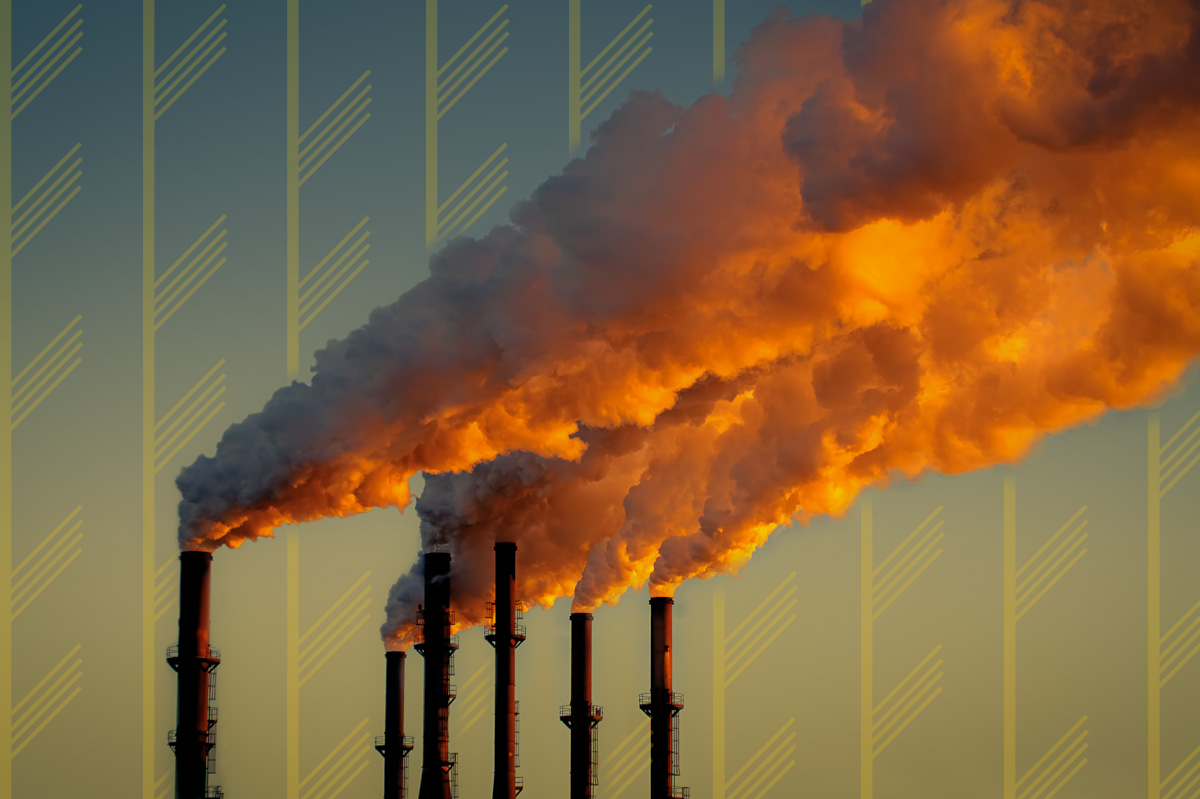Is the U.S. Emitting More Methane Than We Thought?
According to a new study in the Proceedings of the National Academy of Sciences (PNAS), the United States may be emitting 50 percent more methane than the federal government had originally estimated. Methane, a greenhouse gas, is less prevalent in our atmosphere than carbon but is also a more powerful heat-trapping gas- approximately 21 times more potent over a 100 year period.
The new study argues that the Environmental Protection Agency (EPA) underestimated methane emissions because it calculated from the bottom-up, whereas the new study took a different approach. The PNAS study, conducted by Scot M. Miller, a doctoral student in Earth and planetary sciences at Harvard University, along with researchers from seven other institutions, took measurements of methane actually released into the atmosphere. More specifically, it analyzed almost 5,000 air samples collected from tall towers around the U.S. in 2007 and 2008, and more than 7,700 samples taken over this same period by research aircrafts.
Based on their research, the following are a few conclusions that were reached:
- Methane from Texas, Oklahoma, and Kansas was 2.7 times higher than previously recorded (these three states alone account for nearly one-quarter of U.S. methane emissions)
- Methane emissions from livestock are nearly two times as high as earlier measurements
- Current atmospheric concentrations of methane are nearly triple the levels found in the preindustrial era; human activity being responsible for 50 to 65 percent of global methane emissions
These findings will no doubt impact the debate about how both regulators and industry should handle reducing methane emissions.
As if this isn’t enough of a reason for concern, new research published in Nature Geoscience finds that significant amounts of methane are currently escaping the East Siberian Shelf. This methane is stored on the floor of the Arctic Ocean, being held down by permafrost. However, it has been escaping recently due to both powerful storms stirring up the ocean that bring the methane to the surface faster, and global warming thawing the permafrost; creating a perpetual cycle.
This new research and press may be able to put the spotlight on a greenhouse gas other than carbon, and also on how important it is to reduce these methane emissions.




Leave a Reply
Want to join the discussion?Feel free to contribute!